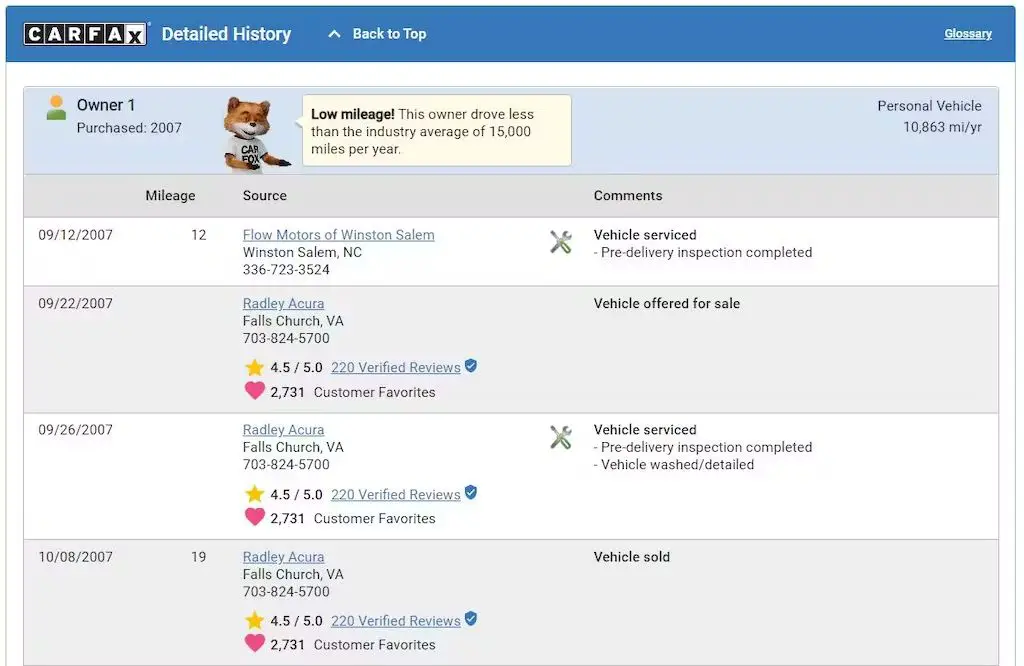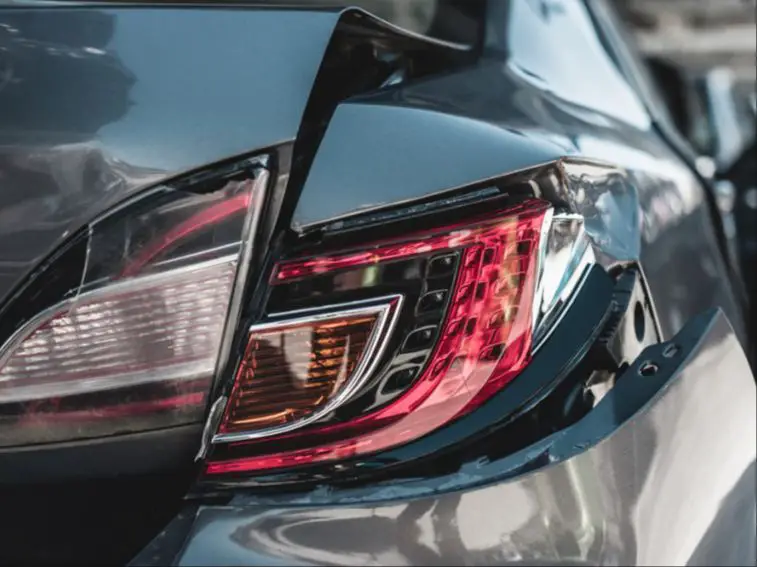What is an HPI report?
An HPI report is a vehicle history check that provides important information about a used car’s past. It can help buyers make an informed decision before purchasing a used vehicle.
When you run an HPI check, it searches various databases to uncover any negative history associated with that car. This includes whether the car has been:https://www.scrap-my-old-car.com/blog/what-is-a-hpi-report/
- Written off due to an accident
- Reported as stolen
- Outstanding finance
- Mileage discrepancies
- Number plate changes
Having this information allows buyers to avoid potentially unsafe, untrustworthy, or overpriced used cars. Running an HPI check is therefore considered an essential step before purchasing any used vehicle.
Do all accidents show up on an HPI report?

Not all accidents or damage are reported to HPI. Their database only contains information on insurance write-offs and claims. Minor accidents that are repaired by drivers themselves without going through insurance often do not show up on vehicle history checks.
According to HPI’s own FAQ, “Accident damage is only identified where an insurance company has registered the vehicle as a write-off. Your HPI Check will not provide any details on the repair history of the vehicle” (source).
So while HPI checks are useful, they do not give the full picture of a vehicle’s accident history. There may still be unreported damage that does not appear on these reports.
How accident damage is classified on HPI
HPI uses a category system from A to D to classify the severity of accident damage to a vehicle:
Category A – Scrap: This is the most severe classification where the vehicle is deemed uneconomical to repair and is typically recycled for parts. Vehicles with Category A damage are crushed and do not return to the road.
Category B – Break: This classification indicates major damage where parts of the vehicle’s structural frame are broken. The vehicle can potentially be repaired but the repair costs often exceed the vehicle’s value.
Category C – Structurally damaged but repairable: This indicates structural damage to the vehicle’s body shell or chassis, but where repair is economically viable. Significant repairs are needed but major mechanical and structural components are intact.
Category D – Non-structurally damaged but repairable: This classification applies when body panels, fixtures and fittings are damaged but the main structure remains intact. Repairs do not involve replacing structural components.[1]
When would a CAT X not show up on HPI?
There are a few cases where CAT X damage may not appear on an HPI report:
If the car was stolen and recovered but not written off, it would be classified as CAT N (for non-structural damage) rather than CAT X. Theft alone does not trigger a CAT X designation [1].
CAT X damage will only show up on HPI if the insurance company officially wrote the car off. If repairs were done without an insurance claim, it may not appear [2].
Once a CAT X car has been repaired and put back on the road, the initial damage classification is removed from databases like HPI. The repair work itself may not be documented [3].
So in summary – theft recovery, private repairs, or post-repair reclassification could all potentially result in CAT X damage not appearing on an HPI check.
Checking for CAT X damage
It’s important to thoroughly check a vehicle’s service history for any signs of CAT X classification. According to webuyanycar.com, you should always verify whether a used car has ever been marked as ‘Category X’ before purchasing. CAT X refers to vehicles that have been deemed uneconomical to repair by an insurance company due to extensive damage.

Carefully going through the service history can help uncover major repairs or work carried out that may indicate CAT X classification. Look for large gaps where no service was done or vague descriptions of repair work. Also be wary of a short service history on an older car. Requesting a full HPI vehicle history report is advisable, as not all CAT X damage may show up on a basic check.
Spotting signs of shoddy repair work that was done to hide major damage can also help avoid buying a dangerous CAT X car. A thorough inspection and test drive may reveal issues like misaligned body panels, uneven tire wear, or poor handling that suggest the vehicle underwent major repairs.
Spotting signs of CAT X
There are some visual clues to look out for when inspecting a used vehicle that may indicate it has previously had CAT X damage. According to anicira.org, signs of injury in cats can include:
- Bruising or swelling under the skin
- Limping or lameness
- Inflammation or swelling around joints or limbs
- Obvious wounds, abrasions or lacerations
- Abnormal curvature of limbs or back
- Reluctance to move or be handled in certain areas
While inspecting a used car, look for similar signs that may indicate repaired collision damage like uneven body panels or paint surfaces, misaligned doors and boot lids, welded seams, replaced sections and overspray. Suspicious creaks or noises when test driving can also be a sign of underlying structural repairs. An experienced mechanic can carry out a thorough inspection to identify any signs of previous CAT X damage.
Getting a vehicle history check
A vehicle history check, also known as an HPI check, allows you to uncover important information about a used car’s past. An HPI check will show if the car has outstanding finance, if it has been written off or classified as an insurance total loss, if it has been reported stolen or scrapped, and if the mileage reading is accurate.

According to carVertical, vehicle history reports process information from over 900 global data sources to provide a detailed view of a car’s background. Key details provided in an HPI check include:
- Mileage discrepancies
- Previous owners
- Accident history
- Outstanding finance
- Write off or scrap status
- Import history
- Stolen status
- Previous registration details
There are many websites that offer paid HPI checks based on a car’s VIN number, such as AutoMoli and AmericanVinCheck. An HPI check is highly recommended before buying any used vehicle in order to make an informed decision.
Hidden dangers of CAT X
Purchasing a CAT X vehicle can pose safety and financial risks. CAT X indicates the car has suffered extensive structural damage, which may not have been properly repaired. This could affect the structural integrity and put occupants at risk in a collision (Source 1).

In addition, insurers may not provide coverage for CAT X cars or may significantly increase premiums. Major mechanical issues resulting from the original incident may also appear down the road, requiring expensive repairs. Financially, the car will be worth less when re-selling due to its status. Those purchasing a CAT X should have it thoroughly inspected by a mechanic and consider the long-term risks (Source 2).
Advice for buying a CAT X car
If you’re considering buying a CAT X vehicle, it’s important to be aware of the risks. These cars have suffered extensive damage, so there may be underlying issues that are difficult to detect. However, with the right precautions, it is possible to find a good value CAT X car that has been properly repaired.
Firstly, be sure to get a thorough inspection by a trusted independent mechanic before purchase. They will check over the major components and structure for any signs of shoddy repair work. It’s wise to budget extra for any repairs or replacements needed post-purchase.
Ask to see all receipts for the work done after the accident. This will give you confidence that proper procedures were followed. Additionally, query the seller on why it was categorized as CAT X versus CAT D or CAT N. Understanding the full history helps assess potential risks.
Test drive the car extensively over different road surfaces. Listen for unusual noises and make sure it drives straight without pulling. This will reveal any underlying issues.
Finally, negotiate firmly on price due to its status as CAT X. Even with proper repairs, future buyers may be wary, so build in extra discount compared to an equivalent unmarked car. Buying smartly can make a CAT X car a good value, but extra vigilance in evaluation is essential.
Options after discovering CAT X
Discovering that your car has been classified as CAT X can be upsetting, but there are still options available. The most important step is to not panic and assess the situation calmly and logically.
First, double check that the CAT X classification is accurate by getting a second opinion from another mechanic. Some HPI checks can contain errors, so it’s worth verifying. If the damage is cosmetic only, you may be able to repair the car and get it back on the road. However, the cost of repairs could outweigh the car’s value.
Consider selling the car for spares or parts through sites like eBay. Be transparent about its condition and CAT X status when listing it for sale. Specialist breakers yards may also be interested in buying the car. This allows you to recover some money by selling off undamaged parts.
If the car is not economical to repair or sell for parts, responsible disposal is required. Contact a local scrap yard to safely recycle and dispose of the car. Make sure you get a certificate of destruction to notify the DVLA that the car is no longer on the road.
While discovering CAT X damage is never welcome news, there are ways to deal with the situation appropriately. The main goal is avoiding any financial loss where possible through repairs, selling parts or responsible disposal.

